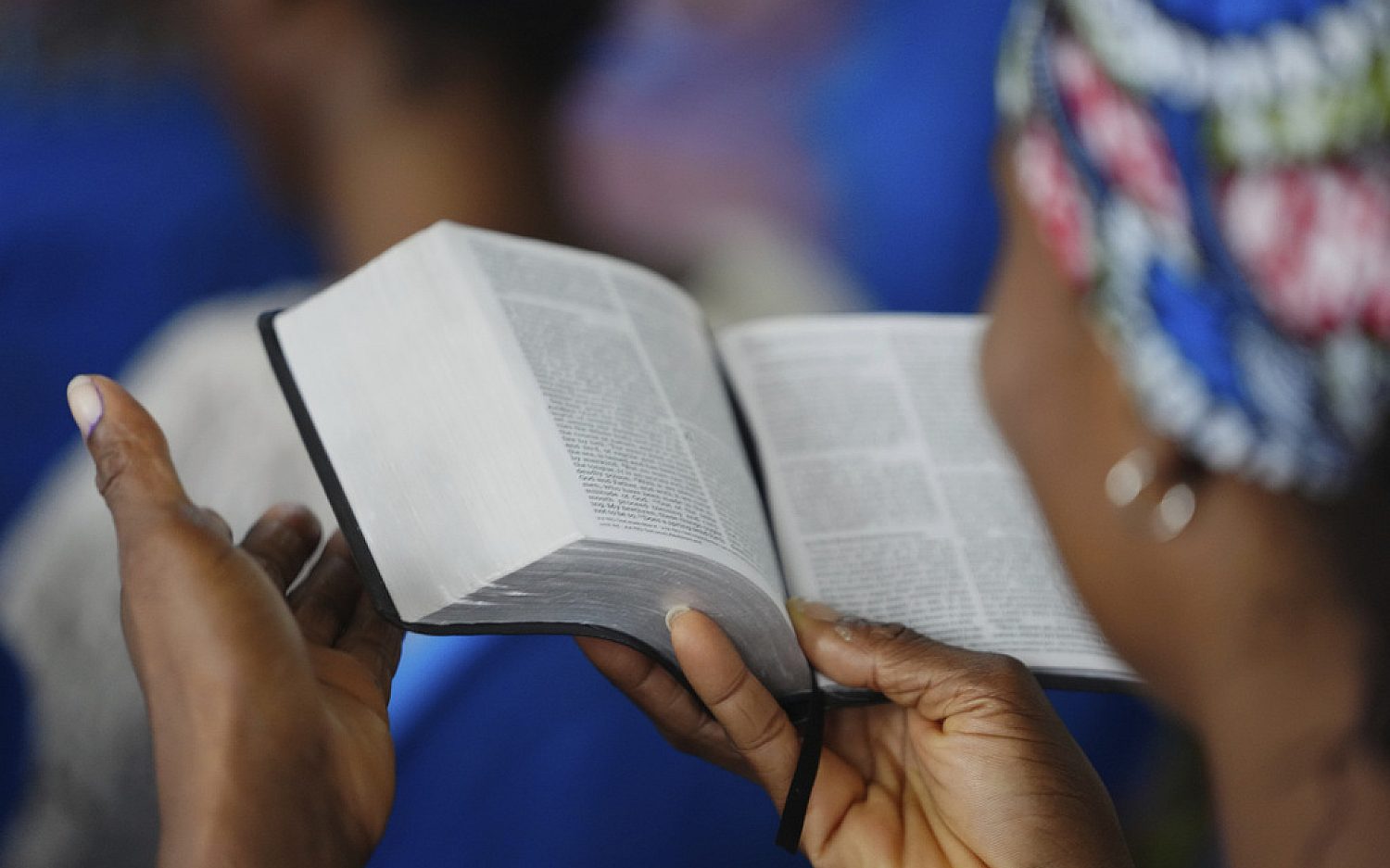Footloose and shoe free
Experts defend barefoot running shoes despite new evidence indicating the footwear could promote bone injury
Four times a week—after leaving work from a law firm in downtown Austin, Texas—Jacob Aschmutat kicks off his dress shoes, slips on a pair of Vibram FiveFingers and runs for up to 6 miles on sidewalks and biking trails. Although his feet are technically covered, Aschmutat feels like he’s barefoot, the purest form of running, according to enthusiasts.
In 2009, Christopher McDougall’s bestseller Born to Run, widely credited with sparking the barefoot running trend in the Western World, inspired many converts to adopt a shoeless stride. The book focuses on a Mexican Indian tribe whose members run painlessly for long distances in little more than sandals. Some devotees claim running unshod makes them less prone to injury, and is more natural and comfortable overall. Although they represent a minority of runners, the ranks of barefoot runners have grown steadily in recent years.
But despite the popularity of barefoot running, abandoning shoes completely isn’t an option for scores of runners who train on urban streets or rocky trails. Americans reportedly spent $59 million on “barefoot shoes” last year. They rely on footwear like Vibram FiveFingers—the snug, glove-like shoe weighing less than five ounces—to provide adequate protection without detracting from the feeling of running barefoot.
But is minimalist footwear really the healthiest option? A recent study published in Medicine & Science in Sports & Exercise indicates that popular minimalist running shoes, designed to encourage a barefoot running style, are more likely to lead to bone injury. But according to some medical experts, such indications are misleading.
“Shoes do not cause injury,” said Mark Cucuzzella, a physician, minimalist runner and owner of the West Virginia running shoe store, Two Rivers Treads. “Running causes running injury.”
In the recent study, researchers from Brigham Young University looked at 36 experienced recreational runners, all of them wearers of traditional running shoes with no prior experience with “barefoot shoes.” For 10 weeks, 17 participants continued running in traditional shoes, while 19 gradually transitioned to Vibram FiveFingers. Researchers then rated the severity of bone marrow edema, or bone bruising, in the participants’ feet.
MRI scans revealed more than half of those wearing the Vibrams showed signs of bone injuries. These findings support concerns already voiced by others. The New York Times notes “anecdotal evidence, including from physicians who treat runners, indicates that some people who take up barefoot running develop entirely new aches and injuries.”
But the conclusions drawn from such studies are often misleading, Cucuzzella said. He advises runners transitioning from traditional to minimalist shoes to follow the “10 percent rule of exercise,” where runners increase the duration of their exercise in minimalist shoes by 10 percent each week until they are fully acclimated. Barefoot shoe running also has a distinct gait and form—involving a shorter stride, faster cadence and midfoot or forefoot footstrike—that runners must adopt.
Adherence to such protocol seemed absent from the recent study, Cucuzzella said: “The runners in this study followed none of the barefoot training so far as we can tell. If you ask a traditional shod runner to go straight into running in minimal footwear, without strengthening the muscles of the foot or addressing form, you are asking for an injury.”
Cedric Bryant, chief science officer for the American Council on Exercise, stresses that barefoot runners must transition gradually out of traditional shoes and learn the proper forefoot strike pattern through regular practice. “Rather than going out and trying to run your typical distances at your typical speeds, give yourself ample time to adjust to this new style,” he said.
Runner Meagan Wilson of Rochester, New York, learned first-hand that barefoot shoes demand an entirely different approach to foot motion. Hoping to remedy her heel-striking habit, she purchased her first pair of minimalist shoes, a pair of Merrell’s Pace Gloves, but continued running, even upping her mileage, without transitioning gradually or maintaining correct form.
“I wound up shocking my heels and made my Achilles tendons very sore,” said Wilson, who couldn’t run or walk normally for almost three weeks after making the shoe switch. “So the lesson is, ease into running with minimalist shoes and make sure to get proper running form with them before going all out.”
Nick Campitelli is an Ohio podiatrist and marathon runner who has worn Vibrams since 2009. He wears his barefoot shoes not only when running, but also while visiting with patients and working in the operating room. According to Campitelli, the heels on traditional shoes cause wearers to lean back unnaturally, putting stress on their heels and backs. But the heel-free design of barefoot shoes eliminates stress and causes wearers to stand flat on the ground, which is the “most natural and comfortable” position.
“A shoe should allow you to run, not enable you to run,” he said. “Barefoot shoes are ideal in this regard. The only catch is, well, they look weird.”
Campitelli said it’s a “bogus notion” that someone needs a special pair of shoes to run effectively or solve a foot problem. What they need is proper education about foot motion and form, said Campitelli, who believes minimalist shoes should be seen as tools allowing for improved health and exercise, rather than mechanisms capable of preventing or promoting injury by themselves: “It’s not about what you wear, it’s about how you run.”
An actual newsletter worth subscribing to instead of just a collection of links. —Adam
Sign up to receive The Sift email newsletter each weekday morning for the latest headlines from WORLD’s breaking news team.




Please wait while we load the latest comments...
Comments
Please register, subscribe, or log in to comment on this article.